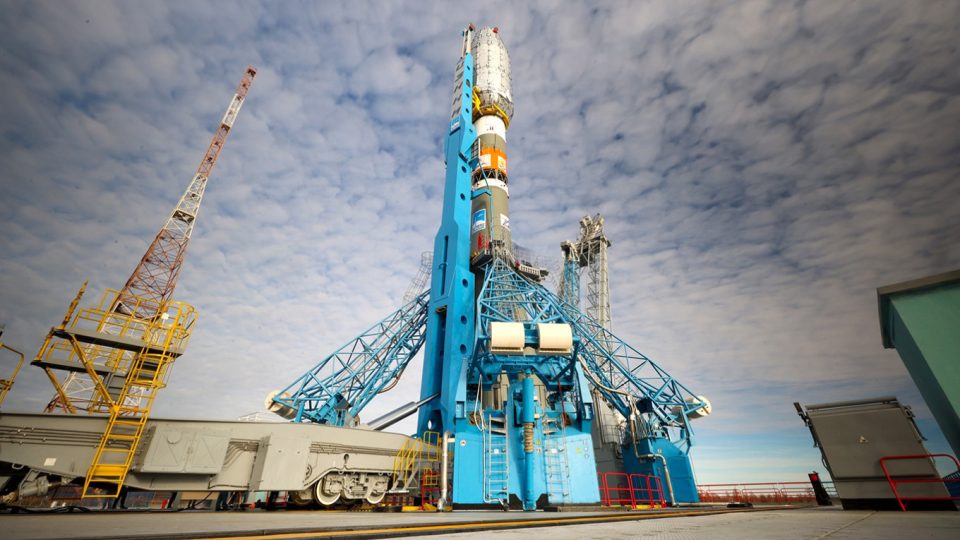A Russian rocket successfully launched on Tuesday, carrying two Iranian satellites into orbit, a move that underscores the deepening cooperation between Moscow and Tehran.
The Soyuz rocket lifted off as planned from the Vostochny launchpad in eastern Russia, successfully placing its payload into orbit nine minutes later. In addition to the two Iranian satellites, Kowsar and Hodhod, the rocket carried two Russian Ionosphere-M Earth observation satellites and several dozen smaller satellites.
These Iranian satellites mark the first launched for the country’s private sector. Previously, in 2022, a Russian rocket launched Iran’s Khayyam Earth observation satellite, which was built in Russia at Tehran’s request, and in February, another Iranian satellite, Pars-1, was placed into orbit.
The launch comes amid growing ties between Russia and Iran, with both nations seeking to bolster their relationship further through a planned “comprehensive strategic partnership.” Iranian President Masoud Pezeshkian is expected to visit Russia soon, although the exact date has not yet been determined.
The successful launch of the Iranian satellites follows a series of failures in Iran’s civilian space program, including five consecutive unsuccessful launches of the Simorgh satellite-carrying rocket. Previous incidents, such as a fire at the Imam Khomeini Spaceport that killed three researchers in February 2019 and a launchpad explosion that caught the attention of former President Donald Trump, have marred the program’s progress.
Meanwhile, Iran’s paramilitary Revolutionary Guard operates a separate space program that has seen successful launches from a military base outside Shahroud, approximately 350 kilometers (215 miles) east of Tehran. However, satellite images suggest that this site may have been bombed by Israel during an attack on October 26.
The U.S. intelligence community has warned that Iran’s development of satellite launch vehicles could shorten the timeline for creating intercontinental ballistic missiles (ICBMs), which utilize similar technology. Iran is currently enriching uranium close to weapons-grade levels in the wake of the collapsed nuclear deal with world powers, and the head of the International Atomic Energy Agency has indicated that Tehran possesses enough enriched uranium for “several” nuclear weapons if it chooses to pursue their production.
While Iran maintains that its nuclear and space programs are for civilian purposes, U.S. intelligence agencies and the IAEA have noted that Iran had an organized military nuclear program until 2003.
Credit: ABC News





